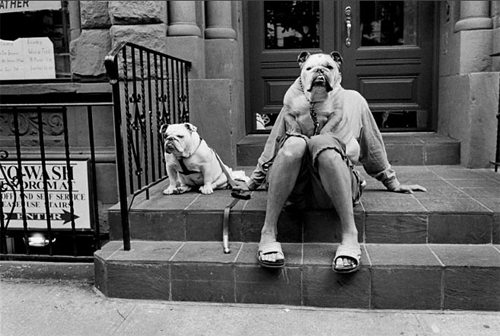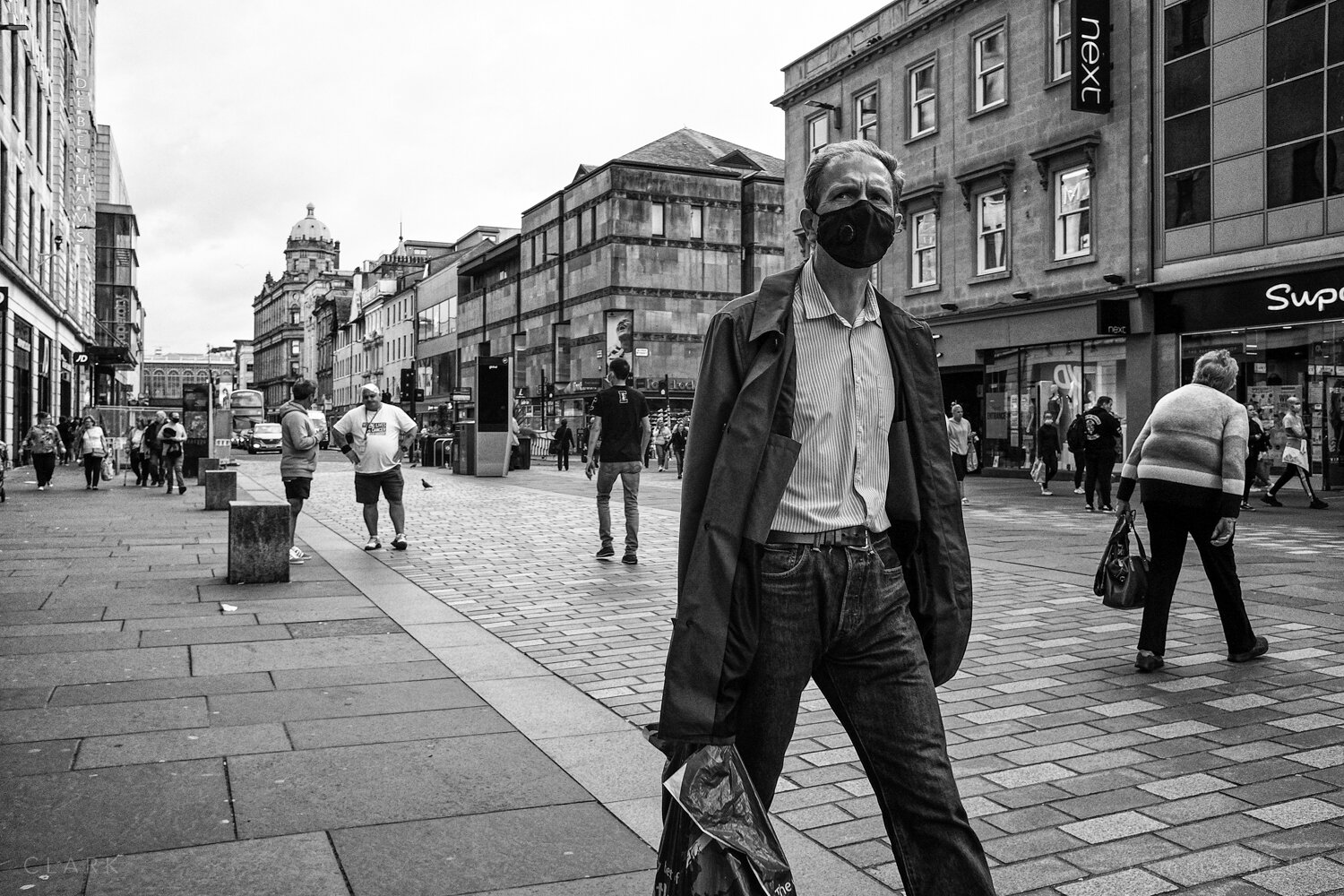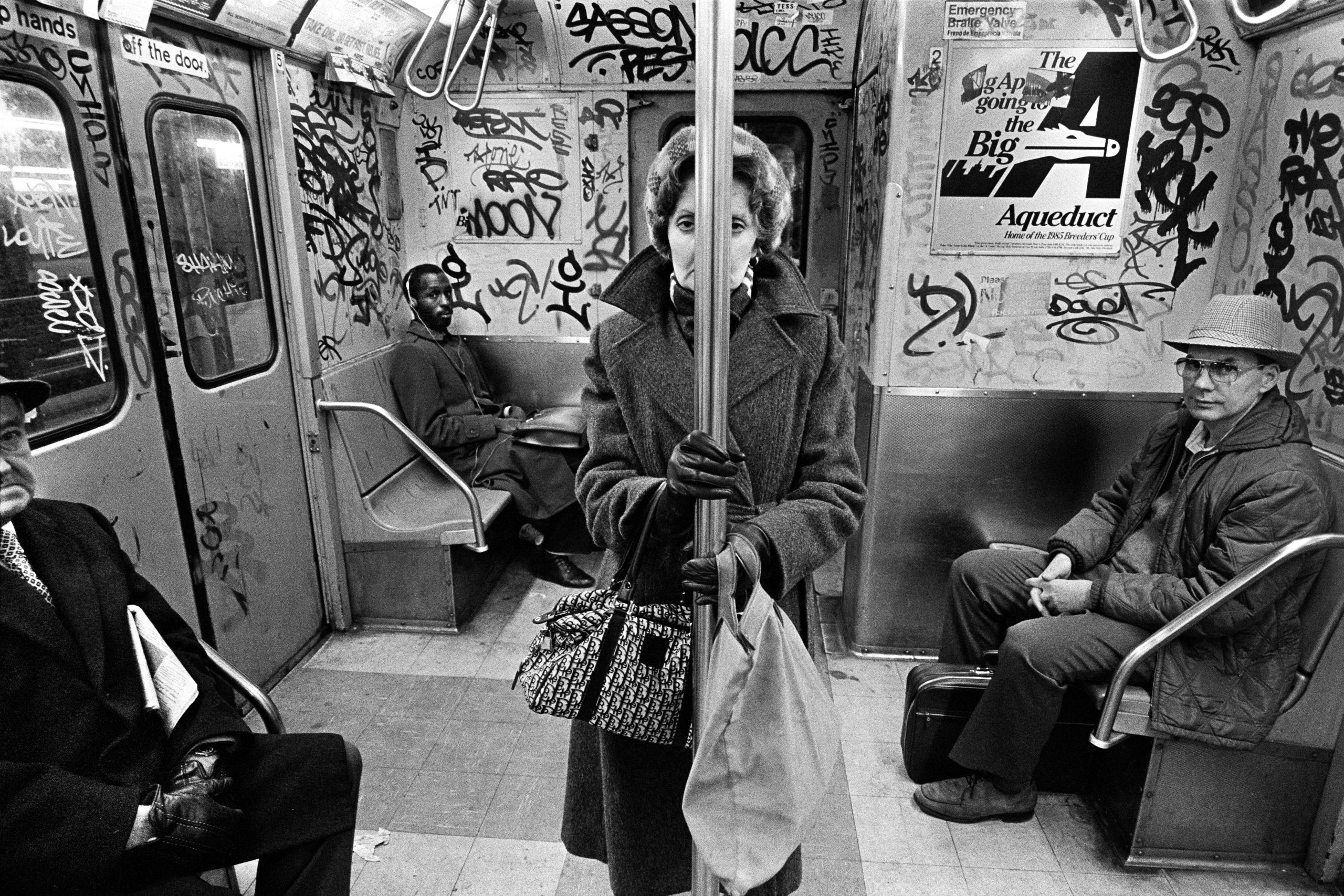Our Street Photographers Statements
Our Street Photographers Statements
Blog Article
Street Photographers - The Facts
Table of ContentsThe Facts About Street Photographers UncoveredThe Best Guide To Street PhotographersThe Only Guide for Street PhotographersThe 6-Minute Rule for Street PhotographersNot known Details About Street Photographers
, a genre of digital photography that records daily life in a public place. The actual publicness of the setup enables the professional photographer to take candid photos of unfamiliar people, typically without their knowledge. Street professional photographers do not necessarily have a social objective in mind, however they choose to isolate and capture minutes which might or else go undetected.He was influenced by many of those who influenced the street digital photographers of the 1950s and '60s, he was not primarily interested in catching the spirit of the road. The impulse to aesthetically document people in public started with 19th-century painters such as Edgar Degas, douard Manet, and Henri de Toulouse-Lautrec, that worked side by side with photographers attempting to capture the significance of urban life.
Due to the fact that of the fairly primitive innovation available to him and the long direct exposure time called for, he had a hard time to capture the pressure of the Paris streets. He trying out a collection of photographic approaches, trying to locate one that would certainly enable him to record motion without a blur, and he found some success with the calotype, patented in 1841 by William Henry Fox Talbot. As opposed to Atget, professional photographer Charles Marville was hired by the city of Paris to develop an encyclopaedic record of Haussmann's metropolitan planning task as it unravelled, thus old and new Paris. While the professional photographers' subject was essentially the same, the outcomes were noticeably various, demonstrating the influence of the digital photographer's intent on the personality of the pictures he created.
Rumored Buzz on Street Photographers
Given the fine top quality of his pictures and the breadth of material, engineers and musicians usually got Atget's prints to make use of as referral for their very own work, though commercial rate of interests were hardly his primary inspiration. Rather, he was driven to picture every last residue of the Paris he loved.

Unlike his peers, Brassa utilized a larger-format Voigtlnder camera with a much longer exposure time, requiring him to be extra computed and thoughtful in his technique than he may have been if utilizing a Leica. (It is assumed that he might not have actually had the ability to manage a Leica at that time, however he did, nevertheless, utilize one in the late 1950s to take colour pictures.) Brassa's pictures of the Paris abyss illuminated by synthetic light were a revelation, and the compilation of the series that he published, (1933 ), was a major success.

Not known Facts About Street Photographers
It is as a result of this essential understanding of the art of picture taking that he is frequently credited with discovering the medium throughout again approximately a century since its development. He took pictures for more than a half century and affected generations of photographers to trust their eye and intuition in the minute.
These are the questions I will attempt to respond to: And afterwards I'll leave you with my own meaning of street digital photography. Yes, we do. Allow's begin with specifying what a definition is: According to it is: "The act of specifying, or of making something definite, distinctive, or clear".
No, definitely not. The term is both restricting and deceiving. Seems like a road photography ought to be images of a roads appropriate?! And all street photographers, with the exception of a tiny number of outright novices, will fully appreciate that a street is not the essential part to road photography, and really if it's a photo of important site a street with possibly a couple of dull people doing absolutely nothing of passion, that's not road photography that's a picture of a street.
How Street Photographers can Save You Time, Stress, and Money.
He makes a legitimate point don't you assume? While I concur with him I'm not sure "candid public photography" will catch on (although I do kind of like the term "candid photography") due to the fact that "road digital photography" has been around for a long time, with numerous masters' names affixed to it, so I believe the term is right here advice to remain. Street Photographers.
You can shoot at the beach, at an event, in a street, in a park, in a piazza, in a coffee shop, at a gallery or art gallery, in a metro station, at an event, on a bridge, under a bridge ...
Getting My Street Photographers To Work
Yes, I'm afraid we scared no choice! Without rules we can not have a definition, and without an interpretation we do not have a genre, and without a style we do not have anything to define what we do, and so we are stuck in a "policies interpretation category" loop! - Street Photographers

Report this page